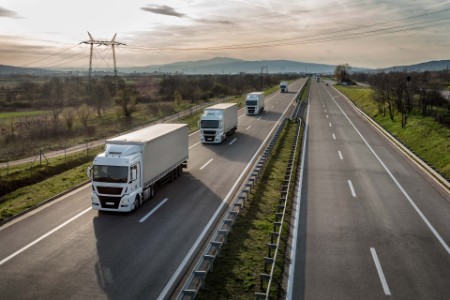Public transport and housing are two of the biggest challenges facing the Government and while usually considered as two very separate problems with different solutions, an integrated approach is required if a more sustainable future is to be achieved. Ireland is currently undertaking some of the most ambitious transport projects in its history under the National Development Plan and Project Ireland 2040 and now is the time to act.
House prices have risen by 63% since 2012 result in many being unable to afford a house. In an effort to tackle this crisis, successive governments have focused on completing new houses, but the public transport needs of these new developments have been largely overlooked. In Dublin, for example, only 14% of houses are constructed within walking distance of a train station.
This has forced many people to accept the trade-off of long journeys to access employment, education and amenities, in order to attain more affordable housing. This doesn’t just hurt the environment; it hurts the most vulnerable in society. Many are forced into owning cars, despite not being able to really afford them, as they have no choice if they wish to reach jobs, schools and shops.
This does not need to happen; sustainability and housing challenges can be met at the same time. To do that public transport needs to be at the very heart of new developments. These public transport solutions need to be of the right scale and in the right place and delivered at the right time. The developments need to be aligned to this and be ready to go when the transport is ready. In short, they need to work together.
New housing estates tend to be built around the car. That needs to change. This can be achieved by Transport-Orientated Developments (TOD), a form of high-density, sustainable urban development, which seeks to maximise land use in the provision of housing, employment, public services and public spaces within close proximity to efficient and reliable public transport. These mixed-use developments are generally within a radius of 400 to 800 meters from a transport hub, which is considered to be an appropriate distance to reach on foot or bike.
Indeed, our analysis of 2016 census data shows that people who live within one mile of a station are 1.7 times more likely to use sustainable transport to get to work and 2.2 times more likely to not own a car.
By putting transport hubs at the heart of the community, car trips are converted into active trips such as walking or cycling. This results in better mobility and health, better social integration, reduced traffic congestion, more affordable housing and less climate destroying emissions. If, however, we continue to build developments centred on the car, we will end up needing more and more roads and more and more cars. This will reduce biodiversity, increase emissions and mean everyone gets stuck for longer in congestion (TomTom now rates Dublin as the 17th most congested city).
Such developments will not happen on their own; they need careful planning and integration. Transport planners, urban planners and private developers all need to work together from the very start to ensure that the value of the investment in public transport is maximised, and the right housing developments are completed. This will require a new way of thinking and a more collaborative approach than has been taken to date.
The key will be to align incentives, so all parties are pulling together. This includes guaranteeing the delivery of the public transport investment. Providing improved public transport can lead to a significant increase in the value of the houses, with research by Daft.ie on the “Luas effect” suggesting that prices can be up to 8% higher when close to a Luas stop.
Such developments will not happen on their own, they need careful planning. In order to achieve this we believe that four key changes need to happen:
- Work together: Urban planners need to work closely with transport planners from the very start of new public transport investments
- Finance jointly: Incentives will need to be aligned and this may require joint funding, including the use of levies. If levies are to be used these need to be fair, with payment linked to actual financial gains
- Bring work to where you live: City centres are crowded and putting more houses close to work is challenging. Building in work opportunities to transport orientated developments may help alleviate this problem whilst preventing urban sprawl
- Plan for the future: These estates will need to be designed in a new way, built around walking, cycling and public transport rather than around cars.


